Head-To-Head: Surface Book Vs. MacBook Pro
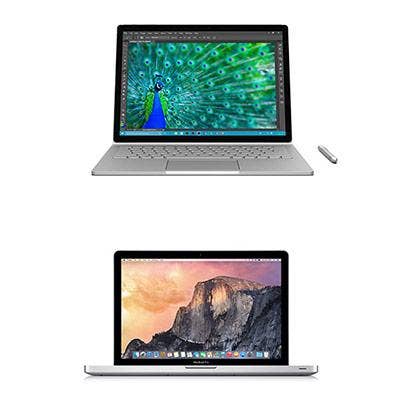
MacBook Pro Vs. Surface Book
Call it the battle of the books.
Microsoft started the fight, talking smack about Apple's top-of-the-line MacBook Pro laptop, boasting that Apple's Pro couldn't hold a candle to its first-ever laptop, Surface Book.
The Surface Book, Microsoft claims, is the "the fastest 13-inch laptop ever made and is twice as fast as the MacBook Pro," according to Panos Panay, Microsoft's corporate vice president for devices.
To be fair, Microsoft's comparisons to the MacBook Pro is a bit like comparing a convertible sedan to a sports car -- similar, but not the same, and definitely not an apples-to-apples comparison -- pun intended. The Surface Book is a 2-in-1 class laptop and the MacBook Pro does not have a detachable touch display.
That aside, how does the Surface Book match up pound for pound and spec to spec against a similarly configured 13-inch MacBook Pro? Let's take a look.
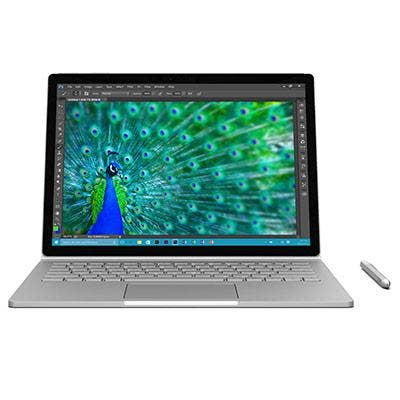
The Matchup
To keep this head-to-head comparison fair, we'll be looking closely at Microsoft's base configuration for its Surface Book and comparing it with Apple's similarly priced MacBook Pro.
Surface Book: Microsoft's 13.5-inch Surface Book (pictured) starts at about $1,500, weighs 3.34 pounds and is 0.9 inches thick, 12.3 inches wide and 9.14 inches deep. The chassis is magnesium silver alloy. The main differentiator between the MacBook Pro and the Surface Book is that the Microsoft laptop has a detachable hinge, allowing it to transform into a tablet.
MacBook Pro: Apple's 13.3-inch, similarly priced $1,500 model MacBook Pro weighs in at 3.48 pounds and is 0.71 inches thick, 12.35 inches wide and 8.62 inches deep. The chassis is magnesium silver alloy.
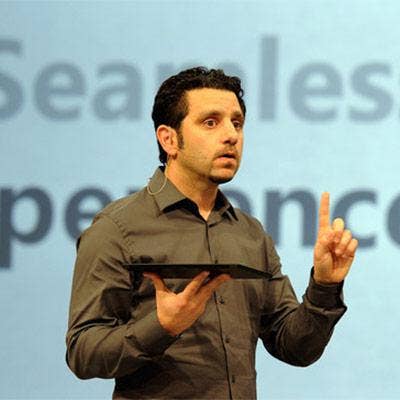
The Microsoft Performance Claim
During Microsoft's Surface Book unveiling, Panos Panay (pictured), Microsoft's corporate vice president for devices, stated that the Surface Book was two times faster than the MacBook Pro. Based on an analysis of both Apple's and Microsoft's laptop SKUs, it's hard to see how Microsoft makes this claim without explaining under what conditions.
The only way we can figure it is if you liken Surface Book to a low-end MacBook Pro. For example, if you compare Apple's MacBook Pro entry-level model that starts at $1,300 and ships with the Broadwell dual Core i5 with a clock speed of 2.7 GHz running 8 GB 1866 MHz of RAM to Microsoft's $2,700 Surface Book that runs Intel's top-performing quad Core i7 processor, with discrete Nvidia graphics and 8 GB of DDR4 memory, you might get there.
But Skylake was meant to excel at specific tasks. So whether it's the top-of-the-line Surface Book versus the best MacBook Pro (or some other combination), performance will be dictated by tasks, such as video encoding, data virtualization and encrypting large files.
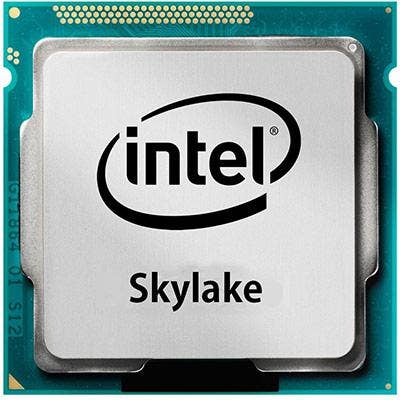
Speeds And Feeds
Surface Book: The base $1,500 model of Microsoft's laptop comes with Intel's sixth generation (Skylake) Core i5 processor, which has clock speeds from 2.4 GHz to 2.7 GHz. It's unclear which of the three model M Core i5's the Surface Book will have, but based on the graphics, it's likely the dual Core i5-6200U or dual Core i5-6300U. The M.2 PCIe hard drive capacity is SSD 128 GB and ships with 8 GB of RAM; however, doesn't specify memory speeds.
MacBook Pro: Apple's $1,500 MacBook Pro ships with Intel's fifth generation (Broadwell) M Core i5-6600T dual-core processor, which has a clock speed of 2.7 GHz. The MacBook Pro ships with twice as much SSD storage compared with Surface Book, bringing the capacity to 256 GB, and includes 8 GB of 1866-MHz RAM.
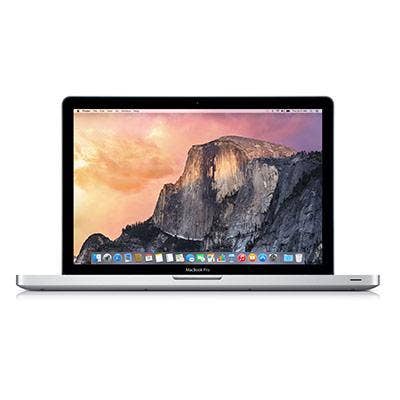
Display Duel
Apple and Microsoft both tout their display technology as outstanding. So how do they differ?
Surface Book: The Surface Book 3000-by-2000 screen is 13.5 inches diagonally and features a technology called PixelSense. PixelSense is a Microsoft-developed technology that helps touch displays differentiate among a finger, palm or stylus touching its screen, so it can respond appropriately. For example, the Surface Book can identify the amount of pressure applied by a stylus tip, and differentiate between that and a palm resting on the display.
MacBook Pro: For its MacBook Pro line (pictured), Apple uses its Retina display with resolutions of 2560 x 1600 supporting 227 pixels per inch. The biggest difference between the MacBook Pro and the Surface Book is that Apple's 13.3-inch-diagonal display is not touch.
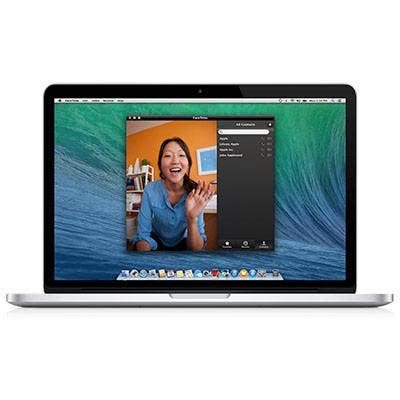
Photo Finish
Surface Book: The Surface Book has a 5-megapixel front-facing camera and an 8-megapixel rear-facing camera that supports autofocus and 1080p HD video recording. It also includes dual microphones along with stereo speakers on the front side of the laptop.
MacBook Pro: Apple has a 720p front-facing HD camera ideal for FaceTime (pictured). The laptop sports dual microphones and stereo speakers.
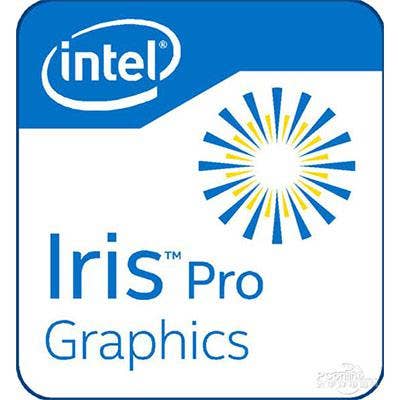
GPU Vs. GPU
Surface Book: The $1,500 Surface Book does not offer a discrete graphical processor. The more expensive models do. The base model instead includes the integrated Intel 520 HD graphics. In more expensive Surface Book models, the keyboard base houses the GPU and the detachable display/tablet has the CPU.
MacBook Pro: Apple uses the integrated Intel Iris Graphics 6100 card for its $1,500 MacBook Pro. But like Microsoft, on higher-end models, such as the MacBook Pro 15-inch models, you'll get a dedicated GPU.
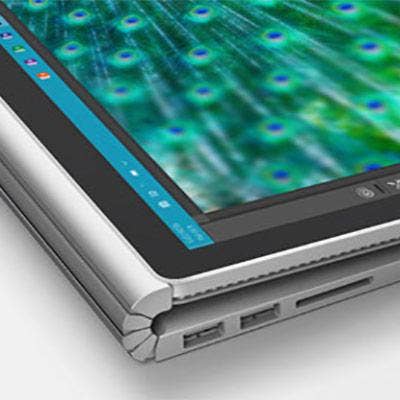
How Ports Compare
Surface Book: With the Surface Book (pictured), nearly all ports are located on the base keyboard portion of this 2-in-one. The detachable clipboard (as Microsoft calls it) only includes an audio headphone jack. Ports on the keyboard base include: two full-size USB 3.0 ports, a full-size SD card reader and Surface Connect port (for power and docking). Other ports on the keyboard base include an additional stereo headphones/microphone jack and Mini DisplayPort.
MacBook Pro: Ports for this model MacBook Pro include a MagSafe power port, two Thunderbolt ports, two USB 3.0 ports, an SDXC card slot and an HDMI headphone jack.
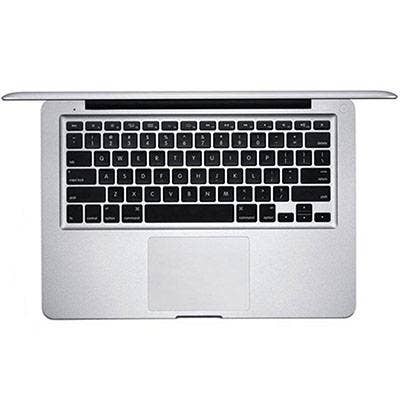
QWERTY Vs. QWERTY
Surface Book: Microsoft's keyboard includes backlit keys coupled with a glass track pad and is touted as an extremely "quiet" keyboard. The keyboard includes 12 function keys and four arrow keys.
MacBook Pro: Apple delivers a full-size backlit keyboard (pictured) that includes 12 function keys and four arrow keys. The track pad is Apple's signature Force Touch, which is pressure-sensing and enables force clicks, pressure-sensitive drawing and multi-touch gestures.
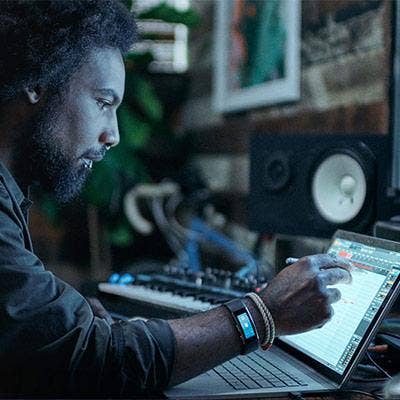
Battery Endurance Claims
Obviously portability goes hand in hand with battery life. We are surprised that Microsoft's product doesn't have better battery life, as it is using Intel's Skylake processors, versus Apple's MacBook, which is still using Intel's fifth-generation Broadwell family chips.
Surface Book: Microsoft claims its laptop (pictured) can run 12 hours between charges when playing back video content. Battery life estimates were based on Microsoft's testing Intel Core i5 with 8 GB RAM.
MacBook Pro: Apple says its MacBook Pro 13-inch model can go 10 hours between charges when the primary task is surfing the Internet and up to 12 hours playing back movies on iTunes.
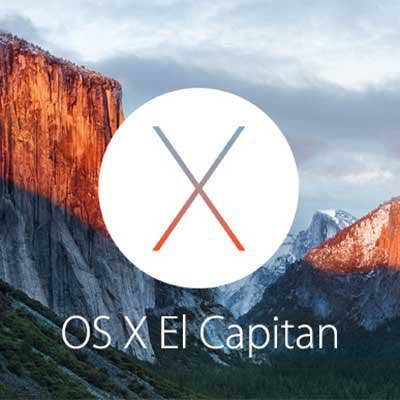
Bundled Software
Surface Book: This laptop ships with Windows 10 Pro and ships with Office 365 30-day trial.
MacBook Pro: Apple MacBook Pros are shipping with the latest OS X El Capitan. According to Apple's MacBook Pro product page, it does not offer a free trial of any version of Microsoft's Office Suite. It does offer free creative and productivity staples such as Numbers, Keynote, Mail and GarageBand.
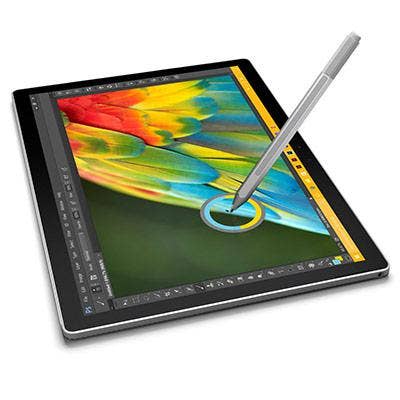
Differentiating Features: Surface Book
Surface Book: As previously stated, Microsoft's Surface Book isn't a laptop, it's a 2-in-1 convertible. But Microsoft does bring some interesting innovation to this existing form factor. For starters the hinge technology, called Dynamic Fulcrum Hinge, looks unique in its accordion-like bendability. Microsoft also includes a stylus for pen computing.
But the real innovation that Microsoft brings to the Surface Book is that in higher-end models (not the one we are comparing here), it houses a discrete GPU in the keyboard base and puts the CPU, hard drive and RAM in the tablet portion of the PC. This is a big deal for higher-end Surface Book owners who want a fast tablet and laptop with dedicated Nvidia GPU for heavy-duty graphics performance.
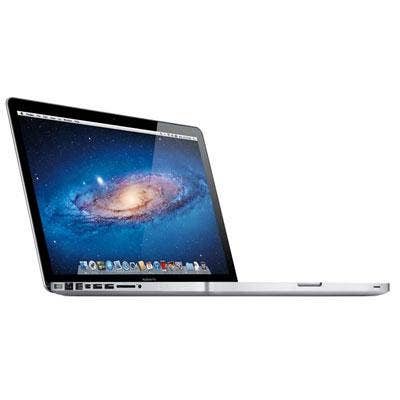
Differentiating Features: MacBook Pro
MacBook Pro: Apple is still the champ when it comes to creating a unified ecosystem, in which devices (such as the MacBook, iPhone and iPad) are all interconnected by Apple's universe of complimentary services. There are services and software such as iMessage and Facetime that seamlessly transition between iOS and OS X and MacBook and iPhone.

Conclusion
Until Microsoft frees up the Surface Book to be put through its paces, it’s difficult to call a winner. One thing is certain however -- two powerhouses like Microsoft and Apple competing for users' wallets is bound to drive innovation and interesting new products now and in the future.